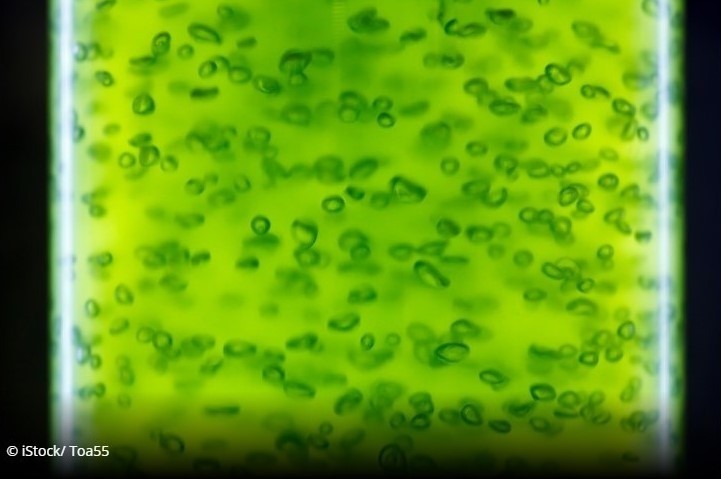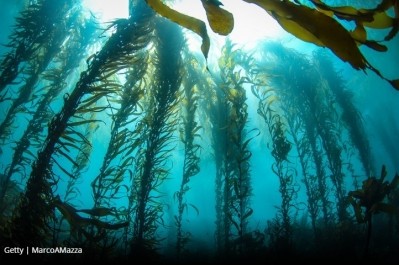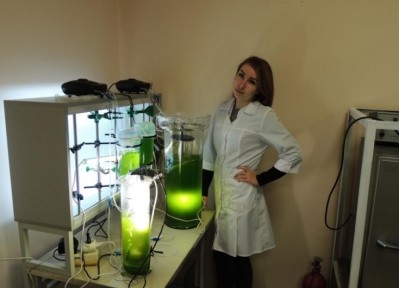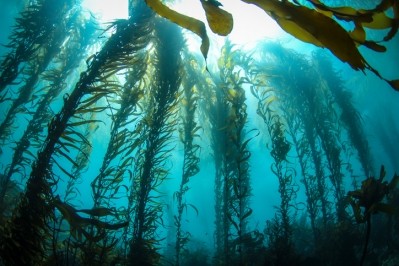Allmicroalgae continues to expand microalgae production as demand rises

The upgrade to current facilities is expected to boost production capacity of 120 tonnes raw materials a year by 2022 - an increase of over 50% on current capacities and a doubling compared to the initial volume.
“The rapidly growing market for natural, sustainable ingredients with added health benefits proves the importance of our goal to make nutritious and sustainable microalgae accessible to all,” says Margarida Eustáquio, business developer at Allmicroalgae.
In response to the increasing demand for algae-based solutions, we are more than happy to be able to expand delivery and to further approve services to our customers.
“Our products combine the best of both worlds – excellent functionality and a clear ethical conscience. Our expansion demonstrates perfectly that economic growth and sustainability can be smartly combined when using future-proof raw materials and techniques.”
Its not the first time the firm has had to rethink expansion plans in response to consumer interest. In 2017, it began a non-commercial research project into the use of CO2 produced by the cement industry as ‘food’ for microalgae.
The company had moved to scale-up production and said it had a rough production target of 30 tonnes of chlorella for the year with a long-term target as high as 100 tonnes a year, if the combination of fermentation and photosynthesis capabilities paid off.
Allmicroalgae offerings
Allmicroalgae’s portfolio includes the algae species Nannochloropsis oceanica, Chlorella vulgaris, Tetraselmis chuii, Phaeodactylum tricornutum and Scenedesmus sp that have proved useful in food supplements aimed at the sports and cosmetic sectors owing to their nutritional profiles.
Nannochloropsis for example is rich in the omega-3 fatty acid Eicosapentaenoic acid (EPA) although this depends on culturing conditions.
Its increasing demand is said to provide a viable alternative to fish and krill as dominant sources of the omega-3 oil of which fish and krill get their omega-3 oils EPA and DHA from algae.
In May 2018, the Allmicroalgae’s Chlorella vulgaris microalgae received organic certification by the European Union adding to the firm’s organic, traceable, plant-based credentials for its ingredients.
At present the microalgae is cultivated in closed systems at Allmicroalgae’s Algafarm production facility in Leiria, Portugal.
The facility uses either in photobioreactors or fermentation vessels in the production process with regular verification by independent third party laboratories.
“Optimising production and maximising the biochemical and functional characteristics of its algae-based products are at the heart of R&D activities,” the firm says in a statement.
“The microalgae are cultivated in photobioreactors and fermentation vessels, with continuous monitoring of cultural parameters and contaminants, before biomass is harvested through ultrafiltration.
“They are then spray dried and packed in a protective atmosphere, with each batch verified as free of contaminants by an independent third-party laboratory.”
Recycling water
Allmicroalgae also pointed out that they do not use fertilisers or pesticides in the species it produces and is committed to using minimal energy.
In addition, water that circulates in photobioreactors is reused, as are any nutrients still present in the water after production.
At the moment, the European Food Safety Authority (EFSA) has not approved any positive health opinion to chlorella but manufacturers are permitted to describe chlorella gummies or chewing gum as 'superfoods' or 'full of essential nutrients’.
Chlorella’s claims to these terms are supported by relatively few clinical studies that demonstrate the benefits on health.
A 2014 study by Roquette suggested much potential of chlorella on skin health with oral and topical administrations of two doses claiming to have significant effects on skin inflammation.
The microalgae were also said to have an effect on the healing process and duration of wound healing for both administration routes and particularly at the two highest doses of chlorella.















